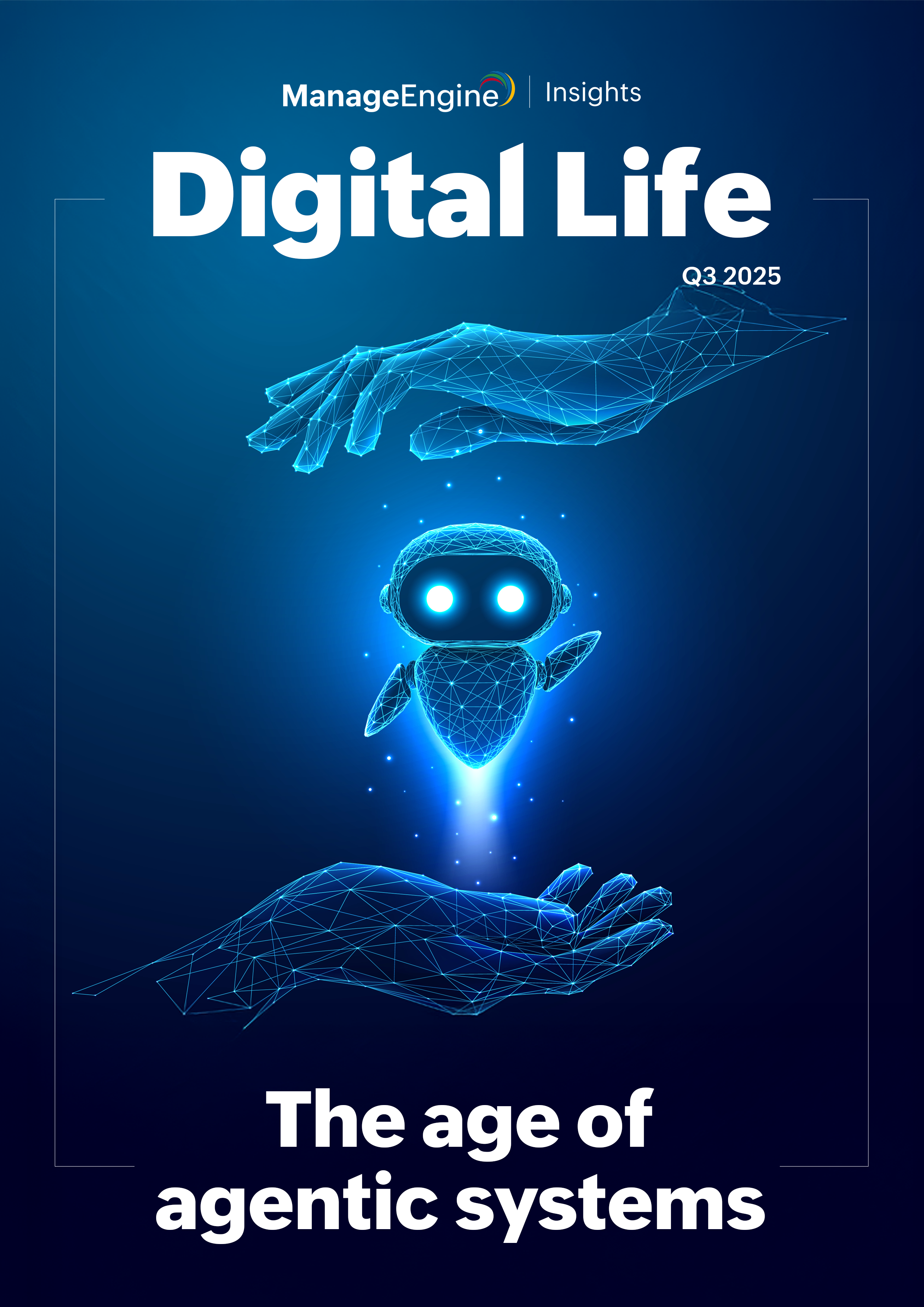AI agents are not just another tech trend—they’re set to redefine how we interact with technology and the world around us. With experts like Nvidia CEO Jensen Huang calling them a “multi-trillion-dollar opportunity” and OpenAI’s Sam Altman predicting AI agents will revolutionize the workforce in 2025, it’s clear we’re entering the age of Agentic AI. But what exactly are AI agents, and how will they shape our lives?
What are AI agents?
AI agents are intelligent systems capable of acting autonomously to complete tasks, solve problems, and even make decisions. Unlike traditional chatbots, which react to your input, AI agents are proactive. They can analyze your needs, break down tasks, and follow through without constant supervision.
For example, instead of merely showing flight options, an AI agent can book a ticket, schedule reminders, and adjust your calendar. They operate with a mix of independence and adaptability, making them useful across industries—from customer service to healthcare and beyond. These agents use advanced algorithms and natural language processing (NLP) to understand context, learn from previous interactions, and improve over time to become more efficient and tailored to individual or organizational needs.
What sets them apart is their ability to execute multi-step processes. For instance, if you’re planning an event, an AI agent can book a venue, manage guest lists, send out invitations, and even coordinate follow-ups—all without human intervention. Their ability to automate complex workflows is what makes them a game-changer in both personal and professional settings.
The emotional edge: Adding humanity to machines
A key advancement in AI agents is the integration of emotional intelligence. Known as emotional AI, this capability allows agents to read and respond to human emotions. For instance, during a customer service interaction, an emotionally aware AI agent could detect frustration in your tone and offer a more empathetic response. This innovation not only improves user experience but also brings a sense of humanity to machine interactions. Such interactions can help build trust and loyalty in ways that traditional chatbots or rigid customer service systems cannot.
Emotional AI is particularly promising in industries like healthcare, where empathy is crucial. Virtual therapists powered by emotional AI are already being used to provide support for mental health issues, making therapy more accessible and less intimidating for users.
However, this raises ethical questions. How much emotional imitation should we allow machines to have? Will artificial empathy ever replace genuine human connections? Some argue that over-reliance on emotionally intelligent AI could dilute the value of real human interaction, particularly in sensitive areas like mental health or education. Who will be held accountable when chatbots are accused of causing severe harm through their interactions? Striking the right balance will be essential as this technology continues to evolve.
How will AI agents impact everyday users?
AI agents promise to simplify tasks and make advanced services more accessible. It would be something like having a virtual personal assistant who doesn’t just manage your schedule but also learns your preferences over time. Need to reschedule a meeting? Your AI agent can do that. Want healthier meal suggestions? It can analyze your habits and recommend recipes or even place grocery orders.
But their impact isn’t limited to personal lives. Businesses are already leveraging AI agents to streamline workflows, improve efficiency, and cut costs. OpenAI’s Altman predicts that by 2025, AI agents will significantly increase productivity across industries and that the first AI agents will join the workforce soon. Whether you’re an entrepreneur or a consumer, these agents are poised to touch every aspect of daily life.
However, their rise also brings challenges. Job displacement remains a key concern as AI agents replace repetitive roles in industries like customer support and administration. On the flip side, their adoption is likely to create new opportunities in AI development, oversight, and related fields, emphasizing the need for workforce reskilling initiatives.
Chatbots vs. AI agents: What’s the difference?
While chatbots were the starting point for conversational AI, they’re limited to following scripts and responding to direct inputs. AI agents take this a step further by understanding context and acting independently. Chatbots might answer, “What are the store hours?” AI agents, on the other hand, can analyze your schedule, suggest the best time to visit, and even place an order for you.
AI agents also excel in interconnected environments. In a smart home, for instance, an agent can coordinate lighting, climate control, and security systems based on user preferences. Unlike chatbots, which require manual updates to expand their capabilities, AI agents continuously learn and refine their knowledge, adapting to changing requirements and user behaviors.
This leap from passive response to proactive problem-solving is what makes AI agents so powerful—and why they’re being hailed as the future of digital interaction.
Why are AI agents the next big thing?
AI agents are generating excitement because they represent a leap forward in automation and efficiency. Their ability to reduce decision fatigue, improve productivity, and deliver cost savings makes them invaluable to businesses and employees alike.
Nvidia’s Huang believes this technology will unlock massive economic opportunities, creating new industries and jobs. Companies like Google and Amazon are already investing heavily in AI agent development, signaling their belief in its transformative potential.
However, their success hinges on user trust and adoption. While tech giants like Google and Amazon are at the forefront of development, the real test lies in how these agents perform in real-world applications. Concerns about data privacy, algorithmic bias, and ethical misuse must be addressed to ensure widespread acceptance.
A balanced future
The road ahead for AI agents is full of promise and challenges. On the one hand, they offer unprecedented convenience and efficiency. On the other hand, their rise requires careful handling of ethical dilemmas, security risks, and the potential for misuse.
One thing is certain: AI agents will not be just tools; they will become partners in shaping a new era of human-machine collaboration. Whether helping us in our personal lives or transforming industries, their impact will be profound and lasting. As this technology evolves, we’ll have to decide how to balance innovation with responsibility.








